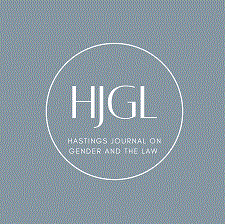
Abstract
This paper indicates initial signs of a far-reaching interaction between Jewish law, civil law, and society, which goes to the very heart of the concept of motherhood in cases of assisted reproductive technologies. The paper argues that both civil law and Jewish law are dynamic. They influence one another very deeply, and both are affected by the social reality (which itself is, of course, dynamic by nature). But this influence is not only on the practical level. Within Jewish law, the paper reveals a fascinating process of a conceptual paradigmatic change: from a substantive approach to parenthood to a functionalist one. This conceptual change is also connected to the practical interaction between law and society: Iit facilitates greater flexibility in Jewish law’s response to the practical needs of society. The conceptual paradigmatic change revealed in this paper is reflected in the Jewish law discourse in four gradual stages, which are defined and explored in the paper. Three of these stages are explicitly documented. The fourth, which makes motherhood contingent for certain purposes on the circumstances and even on civil law definitions, already exists, but is still taking its initial steps. The issue discussed in this paper is an excellent example of a collaborative model — between law, society, and religion. As reproductive science develops in the future, we will still likely assume that cooperation will continue between all three parts of the triangle.
Recommended Citation
Avishalom Westreich,
Changing Motherhood Paradigms: Jewish Law, Civil Law, and Society,
28 Hastings Women's L.J. 97
(2017).
Available at: https://repository.uclawsf.edu/hwlj/vol28/iss1/7

